- Botulinum
- Diabetes
- Human Albumin
- Anti Malarial
- Dermal fillers
- Chemical Peels
- Nephrology Segment
- Kidney / Liver Care
- Anti Cancer
- Altus Product's
- Pharmaceutical Products
- Anti Fungal
- Hepatitis
- Beauty & Skin Care
- Asthma
- Modafinil
- Urology Segment
- Thyroid Care
- Armodafinil
- HIV Medicines
- Weight Loss
- Naltrexone
- Anti Emetic
- Neuropathic Pain
- Mens Health
- Hair Loss
- Pain Relief
- HCG Injections
- Quit Smoking
- Pharmaceutical Vaccine
- Best Selling Products
- Anti Viral
- Bimatoprost
- Antibiotics
- Women's Health
- Cetaphil
- Anti-Cancer
- Armodafinil
- Bimatoprost
- Botulinum
- Dermal Fillers
- Hepatitis
- Mens-health
- Modafinil
- Naltrexone
- ANTI EMETIC
- Altus Product’s
- Anti Fungal
- Anti Malarial
- Anti Viral
- Antibiotics
- Asthma
- Beauty & Skin Care
- Cetaphil
- Chemical Peels
- Diabetes
- Hair Loss
- HCG Injections
- HIV Medicines
- Human Albumin
- Kidney / Liver Care
- Neuropathic Pain
- Pain Relief
- Pharmaceutical Products
- Pharmaceutical Vaccine
- Quit Smoking
- Thyroid Care
- Weight Loss
- Women’s Health
- Botulinum
- Diabetes
- Human Albumin
- Anti Malarial
- Dermal fillers
- Chemical Peels
- Nephrology Segment
- Kidney / Liver Care
- Anti Cancer
- Altus Product's
- Pharmaceutical Products
- Anti Fungal
- Hepatitis
- Beauty & Skin Care
- Asthma
- Modafinil
- Urology Segment
- Thyroid Care
- Armodafinil
- HIV Medicines
- Weight Loss
- Naltrexone
- Anti Emetic
- Neuropathic Pain
- Mens Health
- Hair Loss
- Pain Relief
- HCG Injections
- Quit Smoking
- Pharmaceutical Vaccine
- Best Selling Products
- Anti Viral
- Bimatoprost
- Antibiotics
- Women's Health
- Cetaphil
No products in the cart.
Return To Shop$35.90 – $83.33Price range: $35.90 through $83.33
Amaryl 4mg Tablet (Glimepiride 4mg)
Amaryl 4mg Tablet belongs to a group of medicines called sulfonylureas and is used to treat type 2 diabetes mellitus in adults. It helps control blood sugar levels in people with diabetes thereby preventing serious complications of diabetes such as kidney damage and blindness.
Have questions?
Call : +91 9002 1002 33
Amaryl 4mg Tablet (Glimepiride 4mg)
| COUNTRY OF ORIGIN | India |
|---|---|
| DOSAGE FORM | Tablets |
| EQUIVALENT BRAND | Amaryl |
| GENERIC NAME | Glimepiride |
| INDICATION | Type 2 diabetes |
| MANUFACTURER | Sanofi India Ltd |
| PACKAGING | 30 tablets in 1 strip |
| COMPOSITION | Glimepiride (4mg) |
| PACK SIZE | 60 Tablet/s, 90 Tablet/s, 120 Tablet/s, 150 Tablet/s |
PRODUCT INTRODUCTION
Amaryl 4mg Tablet belongs to a group of medicines called sulfonylureas and is used to treat type 2 diabetes mellitus in adults. It helps control blood sugar levels in people with diabetes thereby preventing serious complications of diabetes such as kidney damage and blindness.
Amaryl 4mg Tablet may be used alone or along with other medicines. It should be taken just before or with the first meal of the day. Take it regularly at the same time each day to get the maximum benefit. Your doctor will decide what dose is best for you and this may change from time to time according to your blood sugar levels.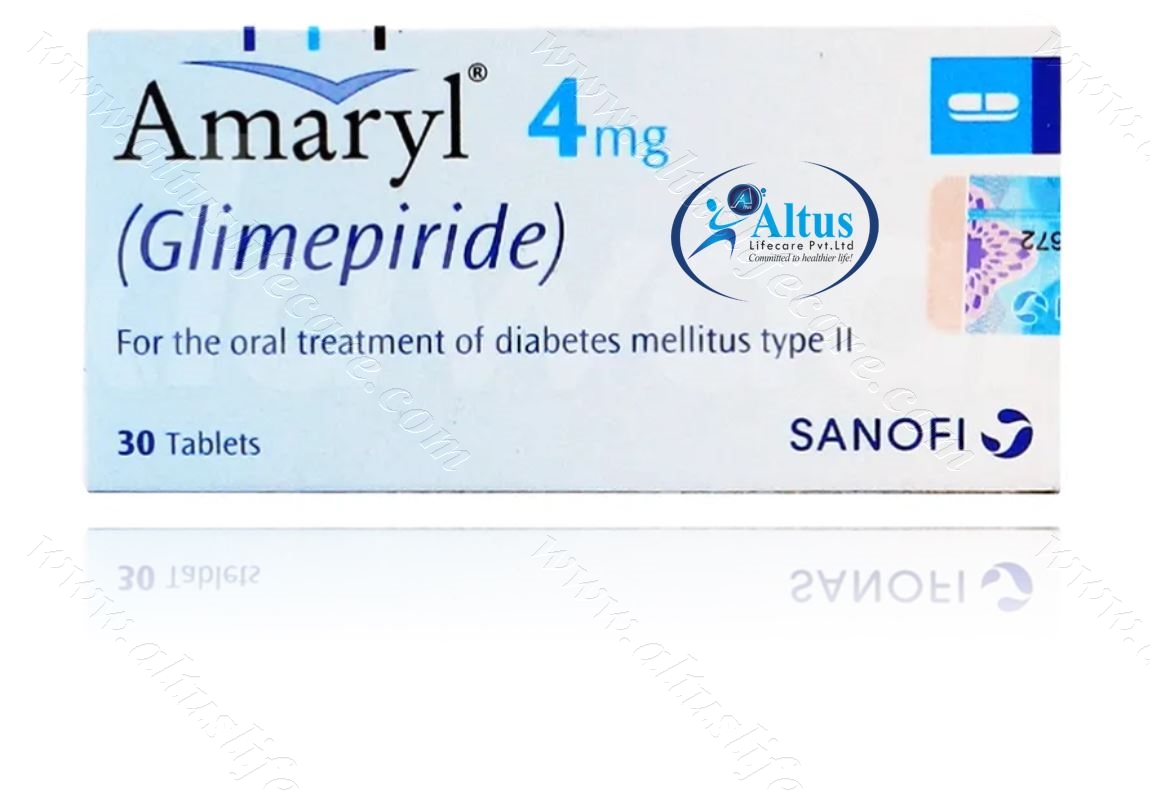
Keep taking this medicine, even if you feel well or your blood sugar levels are controlled. If you stop it without consulting your doctor, your blood sugar levels could rise to put you at risk of diabetes complications such as kidney damage, blindness, nerve problems, and loss of limbs.
Remember that it is only part of a treatment program that should also include a healthy diet, regular exercise, and weight reduction as advised by your doctor. Your lifestyle plays a big part in controlling diabetes.
The most common side effects of taking this medicine include low blood sugar levels (hypoglycemia), nausea, headache, and dizziness. Make sure you recognize the signs of having low blood sugar levels, such as sweating, dizziness, headache, and shaking, and know how to deal with them.
To prevent this, it is important to have regular meals and always carry a fast-acting source of glucose such as sugary food or fruit juice with you. Drinking alcohol can also increase your risk of low blood sugar levels and hence should be avoided. Some people may experience an increase in weight with this medicine.
You should not take it if you have type 1 diabetes mellitus, diabetic ketoacidosis (high levels of acid in your blood), or if you have severe kidney or liver disease.
Before taking this medicine, tell your doctor if you have ever had heart disease, thyroid disease, or some hormonal conditions, as it may not be suitable. Pregnant or breastfeeding women should also consult their doctor before taking it. Your blood sugar levels should be checked regularly and your doctor may also advise blood tests to monitor your blood cell counts and liver function.
Empowering Lives: The Impact of Glimepiride Metformin
Examine the profound impact of Glimepiride and Metformin on lives, understanding how these medications empower individuals in their journey to better manage diabetes.
“Exploring the Efficacy of Glimepiride in Diabetes Care”
This section delves into the clinical efficacy of Glimepiride, shedding light on its performance in real-world scenarios. By examining research outcomes and patient experiences, a clearer picture emerges of how Glimepiride stands as a reliable option in the multifaceted landscape of diabetes care.
“Fine-Tuning Glimepiride: Tailoring Treatment Plans”
Tailoring treatment plans is a key aspect of diabetes care, and this paragraph emphasizes the importance of fine-tuning Glimepiride to meet individual patient needs. By considering factors such as age, lifestyle, and comorbidities, healthcare providers can customize Glimepiride regimens for optimal therapeutic outcomes.
Combination Therapies for Optimal Management of Treatment of Type 2 Diabetes Mellitus
Acknowledging the complexity of diabetes management, this section discusses the rationale and efficacy of combining different therapeutic approaches. By exploring synergies between medications, lifestyle interventions, and other strategies, healthcare providers can optimize treatment plans for improved patient outcomes.
Signs and Symptoms of Type 2 Diabetes Mellitus: Recognizing the Silent Onset
Explore the subtle and silent onset of Type 2 Diabetes Mellitus and the challenges it poses in terms of recognition. Learn to navigate the early stages of this condition for effective management.
“Meds for Diabetes Mellitus Type 2: Optimizing Treatment for Healthier Living”
Optimize diabetes treatment strategies for a healthier and more vibrant life. This guide explores how medication choices, lifestyle adjustments, and personalized approaches can synergize to create an optimal treatment plan for individuals with Type 2 Diabetes.
Medications for Diabetes Mellitus Type 2: Exploring New Horizons in Care
The landscape of diabetes care is continually evolving, with new medications shaping the future. Join us in this blog as we explore the latest innovations and advancements, offering a glimpse into the new horizons of type 2 diabetes management.
Mastering Management: Drug for Diabetes Mellitus Type 2
Examining how the drug contributes to mastering the complexities of Diabetes Mellitus Type 2 management, discussing its role in achieving optimal control and minimizing the impact of the condition.
DM Type 2 Medications: Prescription Power for Better Management
Explore the prescription power of medications in managing Type 2 Diabetes, understanding how these drugs play a pivotal role in achieving better blood sugar control and overall health.
Diabetes Mellitus Medications: Dosing for Health and Medication Insight
Gain valuable insight into dosing strategies for diabetes mellitus medications. This guide provides information on proper dosage, empowering you with the knowledge needed for effective medication management.
USES OF AMARYL TABLET
- Treatment of Type 2 diabetes mellitus
BENEFITS OF AMARYL TABLET
In Treatment of Type 2 diabetes mellitus
Amaryl-4mg Tablet increases the amount of insulin your body produces (in the pancreas). The insulin then works to lower your blood glucose level. It is usually taken once a day. You should keep taking it for as long as it is prescribed.
Lowering blood glucose levels is an essential part of managing diabetes. If you can control the level you will reduce the risk of getting any of the serious complications of diabetes such as kidney damage, eye damage, nerve problems, and loss of limbs. Taking this medicine regularly along with proper diet and exercise will help you live a normal, healthy life.
SIDE EFFECTS OF AMARYL TABLET
Common side effects of Amaryl
- Hypoglycemia (low blood glucose level)
- Headache
- Nausea
- Dizziness
HOW TO USE AMARYL TABLET
HOW AMARYL TABLET WORKS
SAFETY ADVICE

Alcohol

Pregnancy

Breast feeding
Monitoring of the breastfed infant’s blood glucose is advisable during maternal therapy with Amaryl-4mg Tablet

Driving

Kidney
Use of Amaryl-4mg Tablet is not recommended in patients with severe kidney disease. These patients can experience very low blood sugar levels which may become normal after a long time.

Liver
However, the use of Amaryl 4mg Tablet is not recommended in patients with severe liver disease. These patients can experience very low blood sugar levels which may become normal after a long time.
WHAT IF YOU FORGET TO TAKE AMARYL TABLET?
| Pack Size | 60 Tablet/s, 90 Tablet/s, 120 Tablet/s, 150 Tablet/s |
|---|
3 reviews for Amaryl 4mg Tablet (Glimepiride 4mg)
Related products
Cytosar Injection (Cytarabine)
From: $57.14Alphalan Tablets (Melphalan)
From: $74.03Myezom Injection (Bortezomib)
From: $188.31Temoside 100 Capsule (Temozolomide 100mg)
From: $55.84Myhep Lvir Tablet | Ledipasvir | Sofosbuvir
From: $176.92Glioz 100mg Capsule Temozolomide
From: $148.57Hepcvir L Tablet | Ledipasvir | Sofosbuvir
From: $256.41People also bought
-

Benoquin 40 Cream | Monobenzone 40%
From: $154.77 -
 From: $38.38
From: $38.38 -
 From: $40.05
From: $40.05 -

Aziderm 10% Cream 15gm | Azelaic Acid 10%
From: $39.26
Our Services
Shipping
Shipping at Discounted Price
Money Returns
Return Within 30 Days
Secure Payment
Safe & Secure Payment
Support 24/7
Contact 24 Hours Day
From: $36.15


From: $39.74
- Anti-Cancer
- Armodafinil
- Bimatoprost
- Botulinum
- Dermal Fillers
- Hepatitis
- Mens-health
- Modafinil
- Naltrexone
- ANTI EMETIC
- Altus Product’s
- Anti Fungal
- Anti Malarial
- Anti Viral
- Antibiotics
- Asthma
- Beauty & Skin Care
- Cetaphil
- Chemical Peels
- Diabetes
- Hair Loss
- HCG Injections
- HIV Medicines
- Human Albumin
- Kidney / Liver Care
- Neuropathic Pain
- Pain Relief
- Pharmaceutical Products
- Pharmaceutical Vaccine
- Quit Smoking
- Thyroid Care
- Weight Loss
- Women’s Health

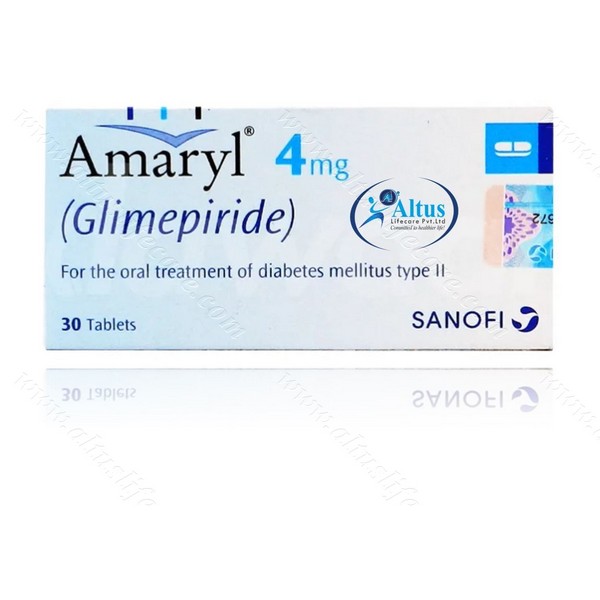

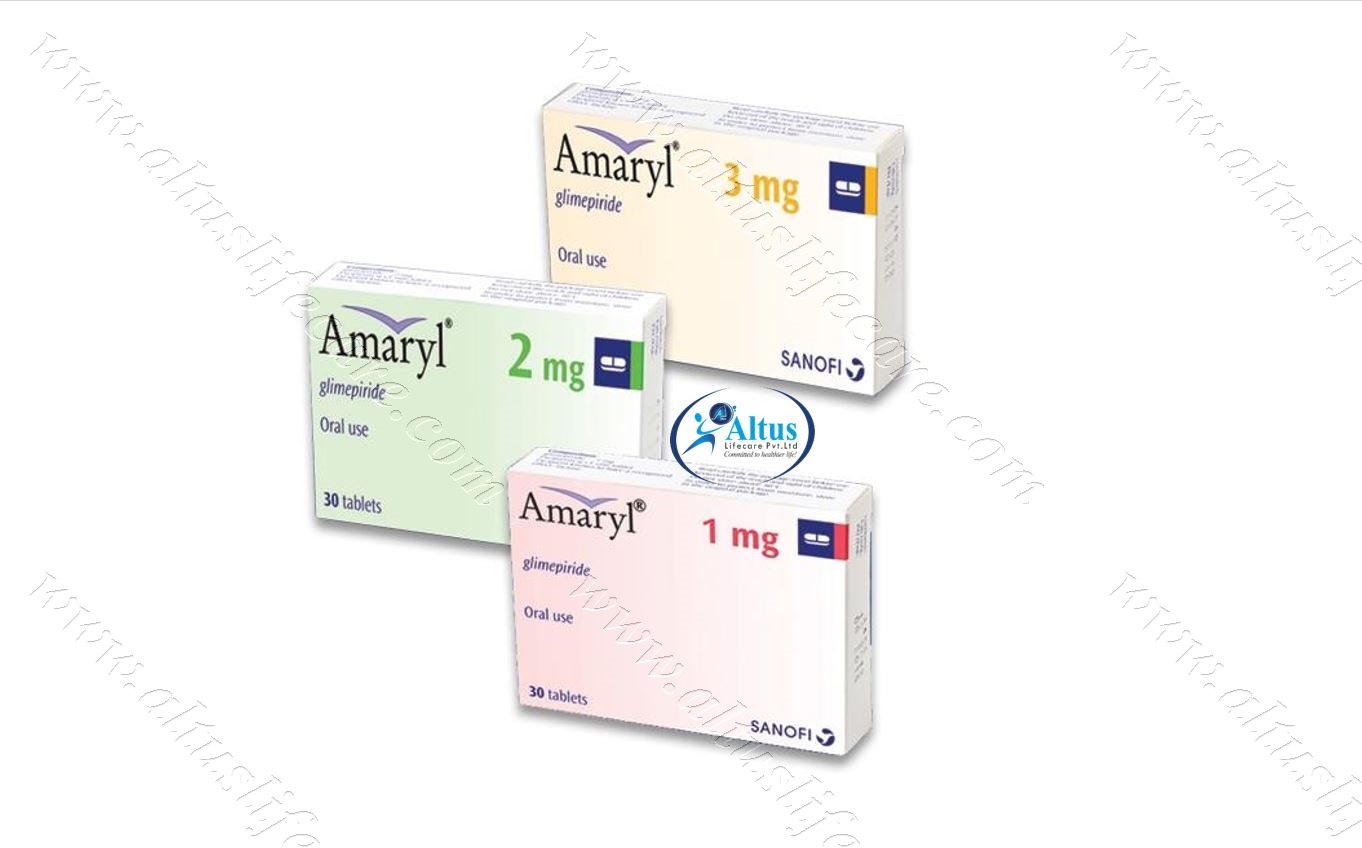




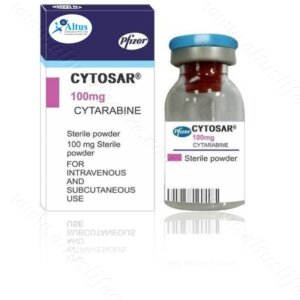



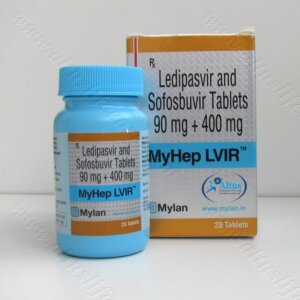




Joy (verified owner) –
The process of tracking my daily habits has provided valuable insights into my overall well-being with type 2 diabetes.
Steven (verified owner) –
“The attention to detail in both the product and its packaging is outstanding. This company truly cares about its customers’ satisfaction.”
Kaliyah (verified owner) –
“Top-quality product and prompt shipping – I’m a happy customer!”